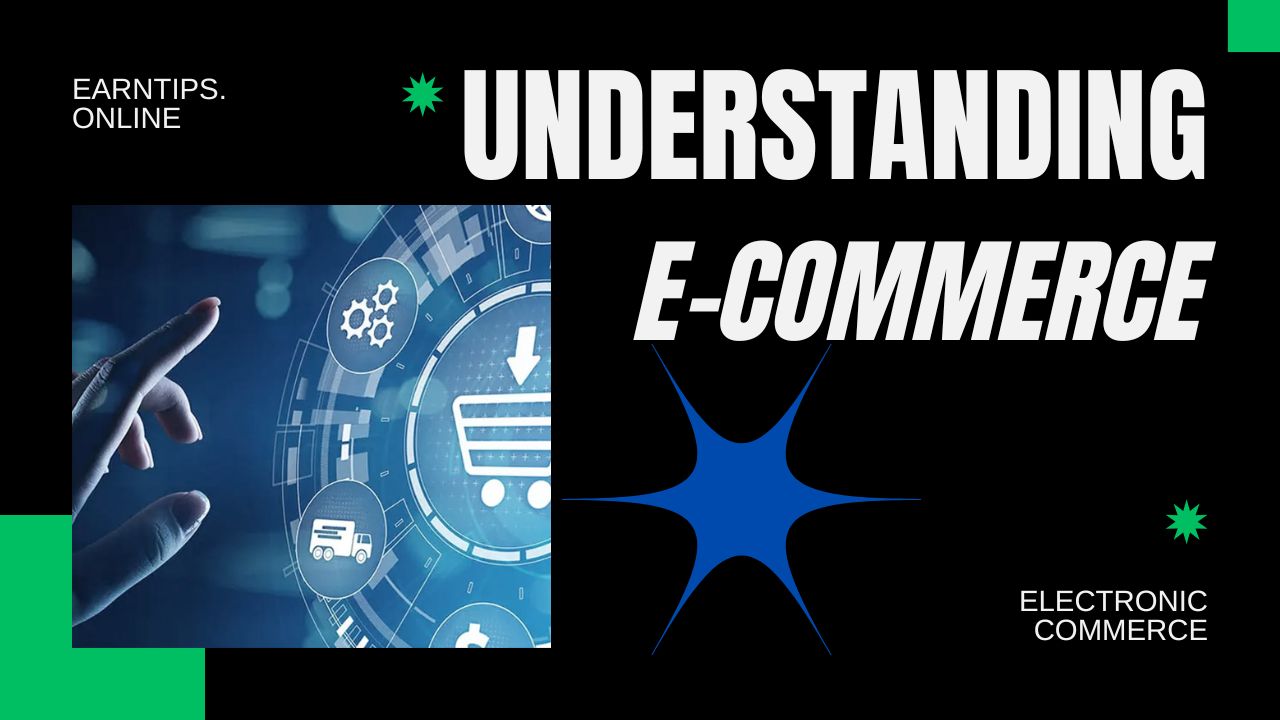What is E-commerce?
E-commerce, or electronic commerce, is the buying and selling of goods and services over the internet, on websites, mobile apps, or social media. By optimizing electronic commerce as part of a broader digital-commerce transformation, sellers stand to attract more customers and earn more profits.

In 30 short years, e-commerce or electronic commerce has revolutionized the way we shop. Shopping no longer refers only to going to a store, packing out and playing for goods, then bringing them home. Shopping trips that used to take hours can now take seconds and can be done from anywhere with an internet signal. The thrill of the purchase is now stretched out, starting with the customer’s initial product comparisons and culminating with the “unboxing” (which has become an industry in itself) and, maybe, writing an online review.
Simply put, electronic commerce is anything – goods or services – bought or sold on the internet (see sidebar, “What are the different types of e-commerce?” for a description of e-commerce categories). E-commerce has been growing consistently ever since the first online transaction in 1994, when someone sold his friend a Sting CD for $12.48, plus shipping.
But when the COVID-19 pandemic hit, triggering lock-downs all over the world, customers went all in: Year over year growth of e-commerce as a share of total retail sales grew 1.6 times in China, 3.3 times in the United States, and 4.5 times in the United Kingdom. E-commerce sales penetration in the United States more than doubled to about 35 percent in 2020 from about 16 percent the previous year, roughly the equivalent of ten years of growth.
Electronic Commerce
Large retailers were the primary beneficiaries of the massive collective pivot to online purchasing those that had been investing in e-commerce accustomed to operating offline, incorporating e-commerce into the customer experience can be fraught with challenges. According to McKinsey analysis, small and medium size retailers (those with less than $5 billion in annual revenue) and brand manufacturers, such as consumer-packaged-goods (CPG) and apparel companies, realize a much smaller portion of revenue from e-commerce than large retailers with years of experience in the e-commerce realm.
For those that rushed to launch e-commerce services, cracks are already beginning to appear. But we’ve also seen that the e-commerce opportunity, particularly for small and medium-size enterprises (SMEs), is tremendous – especially in the era of gen AI.
Read on for a deep dive into electronic commerce. we’ll start with how electronic commerce can drive value for small and large retailers, then move on to how other types of organizations, including brands, CPG companies, and B2B companies, can build value via electronic commerce. We’ll then explore the next generation of e-commerce one in which emerging technologies are powering a more comprehensive and interconnected ecosystem than existed before. Finally, we’ll turn to how organizations in emerging markets are embracing electronic commerce.
What is Social Commerce?
Social commerce is when shoppers engage with brands, explore products, and make purchase on social media apps. It reflects a paradigm shift in how customers interact with brands; rather than navigating to a brand’s website (or, for that matter, visiting a store in person), customers are increasingly interacting with brands on social media apps.
With social commerce, brands lean into these interactions, creating content that is less overtly promotional than traditional ads. This can include influencer marketing or sponsored content; whereas in the past you might have seen an ad for a new skin care product, today you are more likely to see a video of an influencer doing a skin care routine a specific product, which you can then buy directly on the platform.
Social commerce first gained significant traction in China in 2021, when goods and services purchased through social commerce reached $352 billion – or 13 percent of total e-commerce. The United States market is catching up: Some estimates value the US social-commerce market at nearly $90 billion, up from $37 billion in 2021. Over the past few years, social and creator platforms, including Pinterest, TikTok, YouTube, Amazon, and others, have rolled out social and live commerce capabilities in the United States. The global social commerce market will exceed $2 trillion by 2025.
What is Live Commerce?
Live commerce is a social-commerce format pioneered by Alibaba in 2016, which enables real time product purchasing and interaction with a host during a live video event. Live commerce has become mainstream in China – in 2021, goods and services purchased through live stream shopping in China totaled $132 billion – and in growing quickly in other markets including Europe and the United States.
McKinsey research reveals that shoppers across regions use live commerce for very different reasons. In Europe and the United States, shoppers see live commerce as entertainment: 42 percent of shoppers in the United States and 38 percent in Europe say they engage with the format because it’s “fun.” In China, conversely, “fun” ranked last: Live commerce reasons, such as ease of shopping for their favorite brands or for better prices deals.


